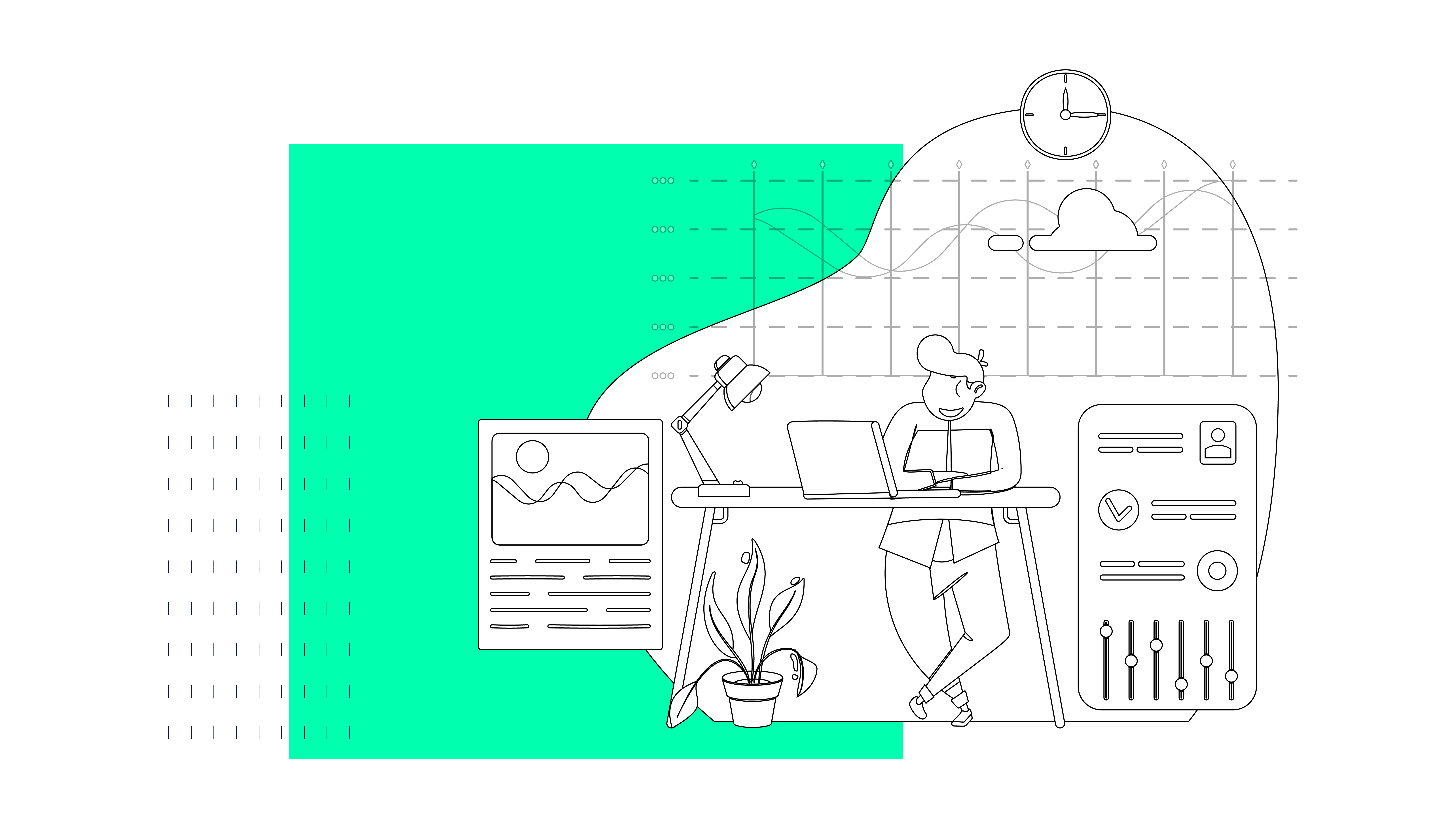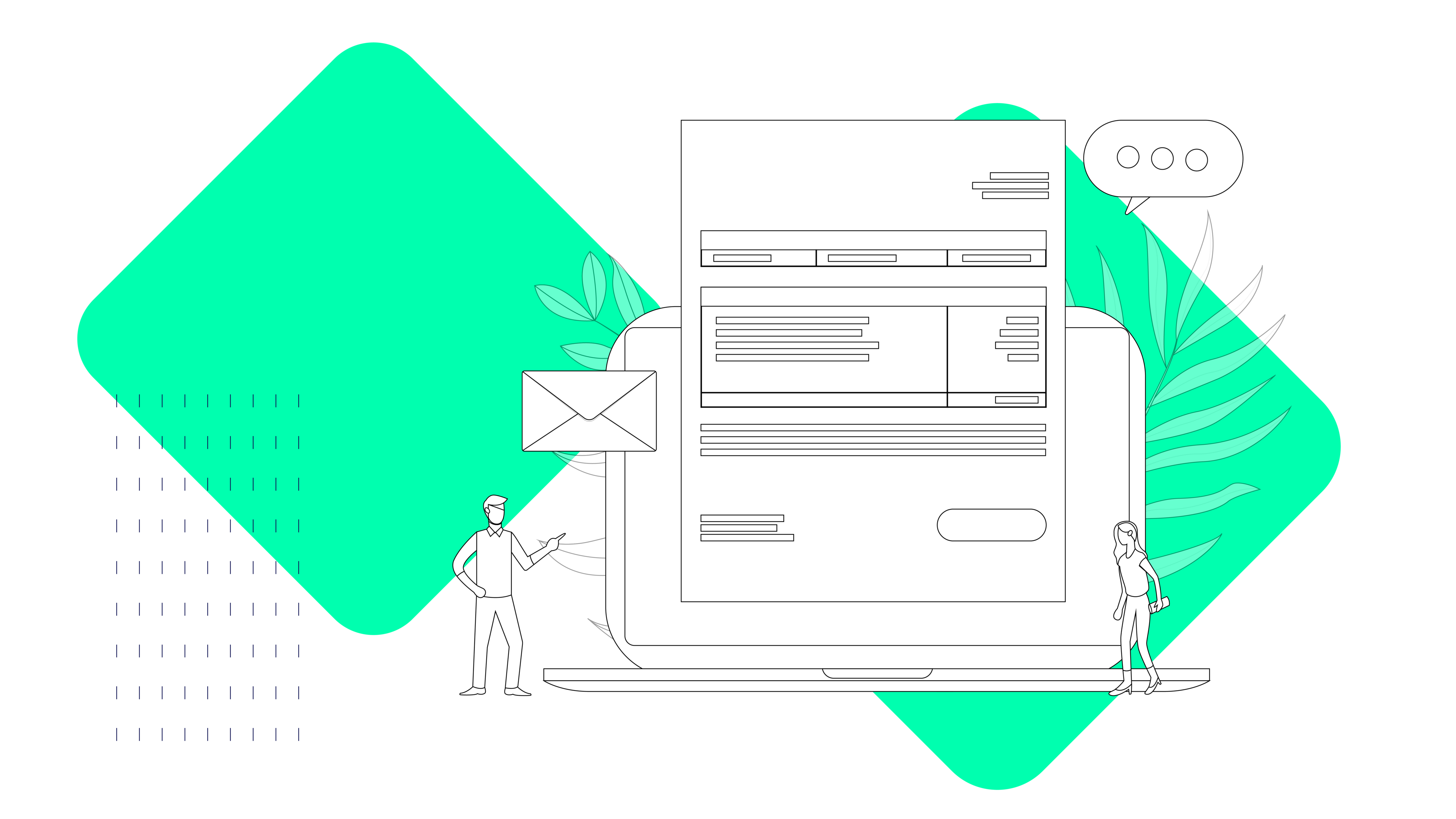In the beginning, it can be hard to know what is deemed expenditure and what isn't, especially if you’re a sole trader. And even if you know that something is a business expense, do you know what type of expenditure it is?
If you don’t know your costs from capital have no fear. But, we’re here to set you straight. Here’s our guide to business expenditure, and how you can keep track of it.
What is business expenditure?
In the broadest definition, business expenditure is the money you spend ‘wholly and exclusively’ for your business. This definition is simple to apply when you incur a cost exclusively for your business, e.g. office supplies. It only becomes difficult when an expense is only partially attributable to your business activity.
If, for example, you are self-employed and you need a car, it’s unlikely that you would get a car for work and work alone. HMRC recognise this and allow you to split personal and professional expenses. However, this split must be reasonably identified. For example, let’s say you’ve travelled 100 miles at a cost of £80. If 50 miles of that journey were for work, your business expense would be £40. Be sure to apply this technique when incurring expenses that are both professional and personal.
The difference between capital expenditure and general costs
You can split business expenditure into capital expenses and general business costs. Thankfully, unlike most accounting concepts, the difference is simple to understand.
Capital expenditure
A capital expense is a high-value, long-term asset. This means you are buying something of great value, like computers, vehicles, servers and any other physical asset.
A benefit of a capital expense is that you can deduct them from your pre-tax profit. One of the main capital allowances is the AIA (annual investment allowance), and you can deduct up to £200,000 in capital expenses each year.
You can only claim capital allowances on ‘plant and machinery’. This includes:
- Items that you keep to use in your business, including cars
- Costs of demolishing plant and machinery
- Parts of a building considered integral, known as ‘integral features’
- Some fixtures e.g. fitted kitchens or bathroom suites
- Alterations to a building to install other plant and machinery - this doesn’t include repairs
The following don’t count as plant and machinery, meaning you cannot claim on them:
- Things you lease - you must own them
- Buildings, including doors, gates, shutters, mains water and gas systems
- Land and structures, e.g. bridges, roads, docks
- Items used only for business entertainment, e.g. a yacht or karaoke machine
General business costs
These are the normal day-to-day expenses that you would find in your profit and loss sheet. They include utility bills, wages and any general purchases like stationary. Unlike capital expenses you can’t deduct these costs from your profit before tax. However, you can deduct them from your revenue to reach your gross profit figure.
A lot to think about, isn’t it? So how can you track your expenditure?
How to track your business expenses
Tracking your business expenses is vital to long-term success. It helps with:
- Preparing your tax bill. Proving your yearly expenditure verifies the amount of tax you’re liable to pay. Without this proof, you may end up paying more than you need to.
- Cost control. You can ensure profit levels by monitoring your spending. If you only buy what you need, then your profit margin will increase. If your spending is out of control, then it can severely affect your bottom line.
Here are a few suggestions to help track your expenditure:
- Don’t mix funds. Keep an eye on what is a business expense and what isn’t. You can do this easily by opening a business bank account and dedicating it purely to business expenses.
- Know your deductions. We mentioned your deductibles earlier but it’s important to know them. You can lower your taxable income this way, meaning more money in your pocket.
- Organise your receipts. Make sure you file your receipts. No matter the expense, keep a monthly ledger to provide proof of purchase. You don’t need to put them into a physical folder either, there are many apps available that can track expenses for you.
- Use accounting software. There are lots of brilliant accounting software solutions out there. At Turbine we use Xero to prepare our monthly and annual accounts. It allows us to invoice customers, reconcile bank statements and carry out our monthly payroll. Whether or not you use Xero, accounting software can make your business financials run more smoothly.
Hey big spender, spend a little time tracking expenses online
We get it. Understanding your finances is difficult. But working out how to effectively tackle them is even tougher.
Of course, tracking finances is why we set out to launch Turbine in the first place. Our platform lets you record, review, approve and manage expenses online, all under one roof.
If you would like to hear more about Turbine please don’t hesitate to get in touch or sign up for a free trial today.




